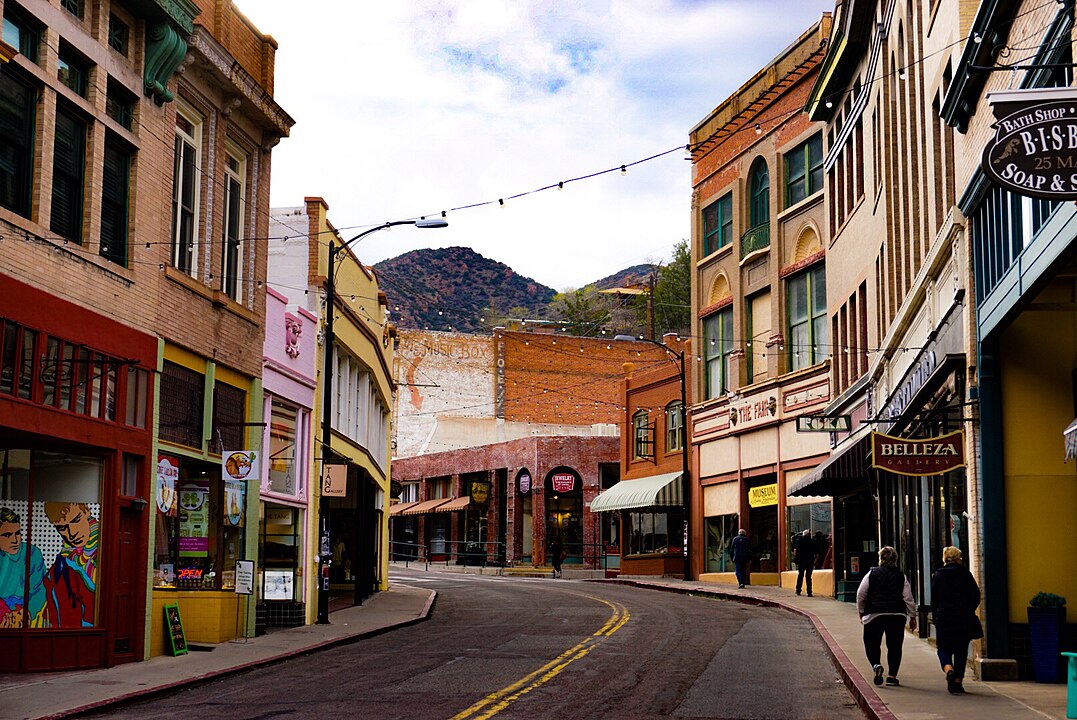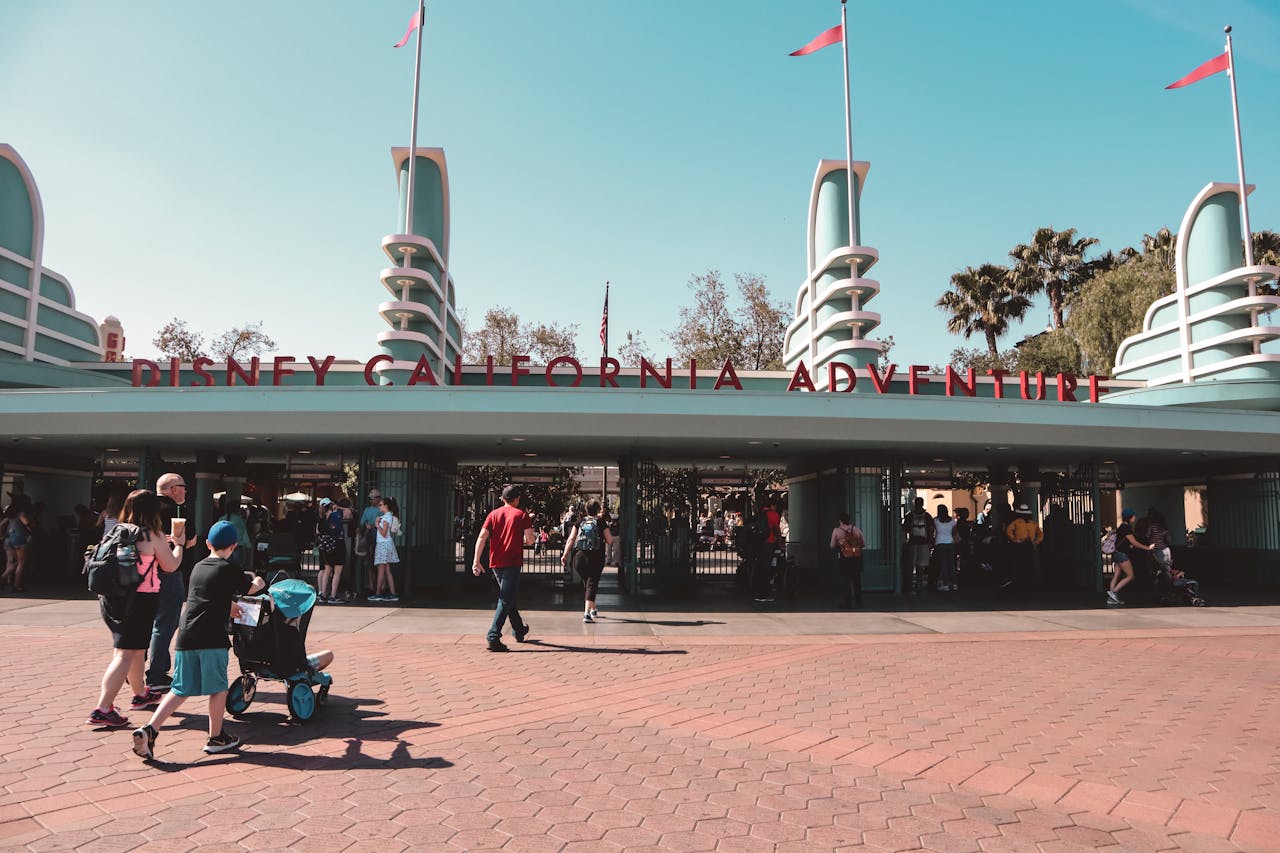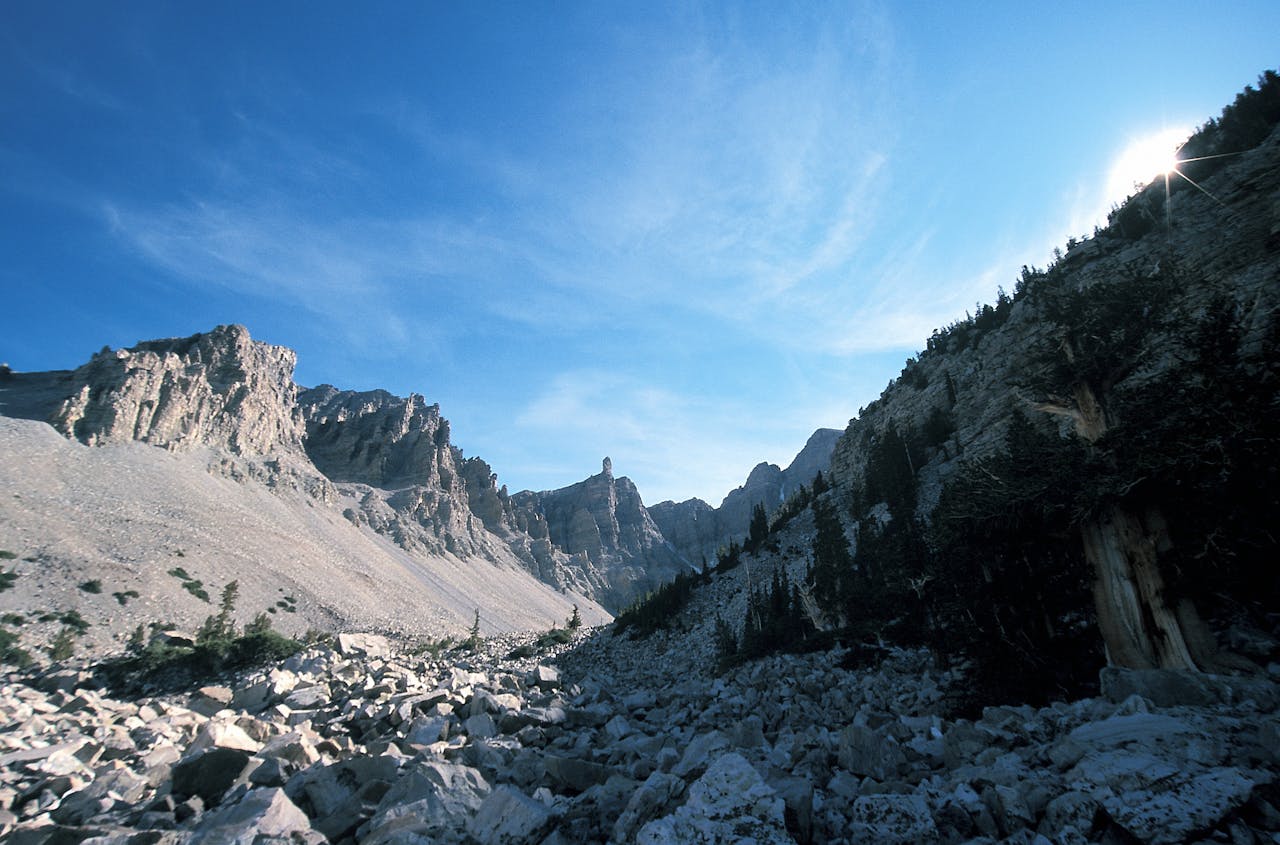Arizona’s beauty is undeniable, but not every corner offers the comfort, safety, or momentum residents want. Ask around and a pattern emerges. Certain neighborhoods and towns get flagged for entrenched crime, thin amenities, or a stagnant economy that never quite turns the corner. Others struggle with isolation and harsh weather that magnifies every shortcoming. What this really means is people weigh daily trade-offs. Commute times, school quality, nighttime safety, and whether Main Street feels alive or abandoned. Drawing on local opinions and crime perceptions, here are places Arizonans frequently warn about.
South Phoenix
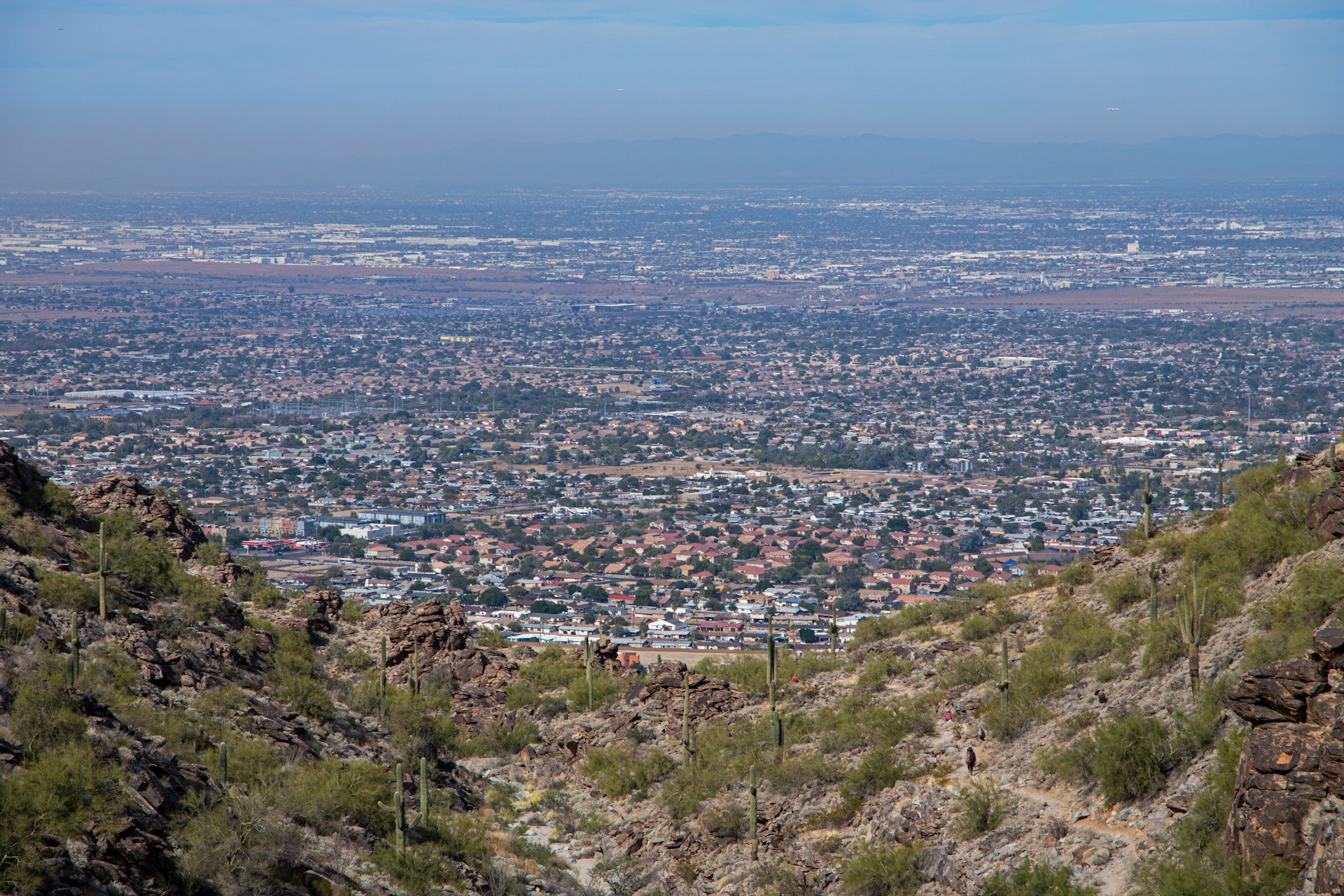
Old Phoenix grit lingers between South Mountain and the Salt River. Industrial blocks, encampments, and long shadows of gang activity shape daily life, even as pockets near the mountain feel calmer. Affordability around the mid 300s attracts buyers, but nerves rise closer to the river. Projects promise renewal yet struggle to dent reputation. Rail spines and truck routes bring jobs, noise, and a harder edge that newcomers often underestimate.
Sunnyslope, Phoenix
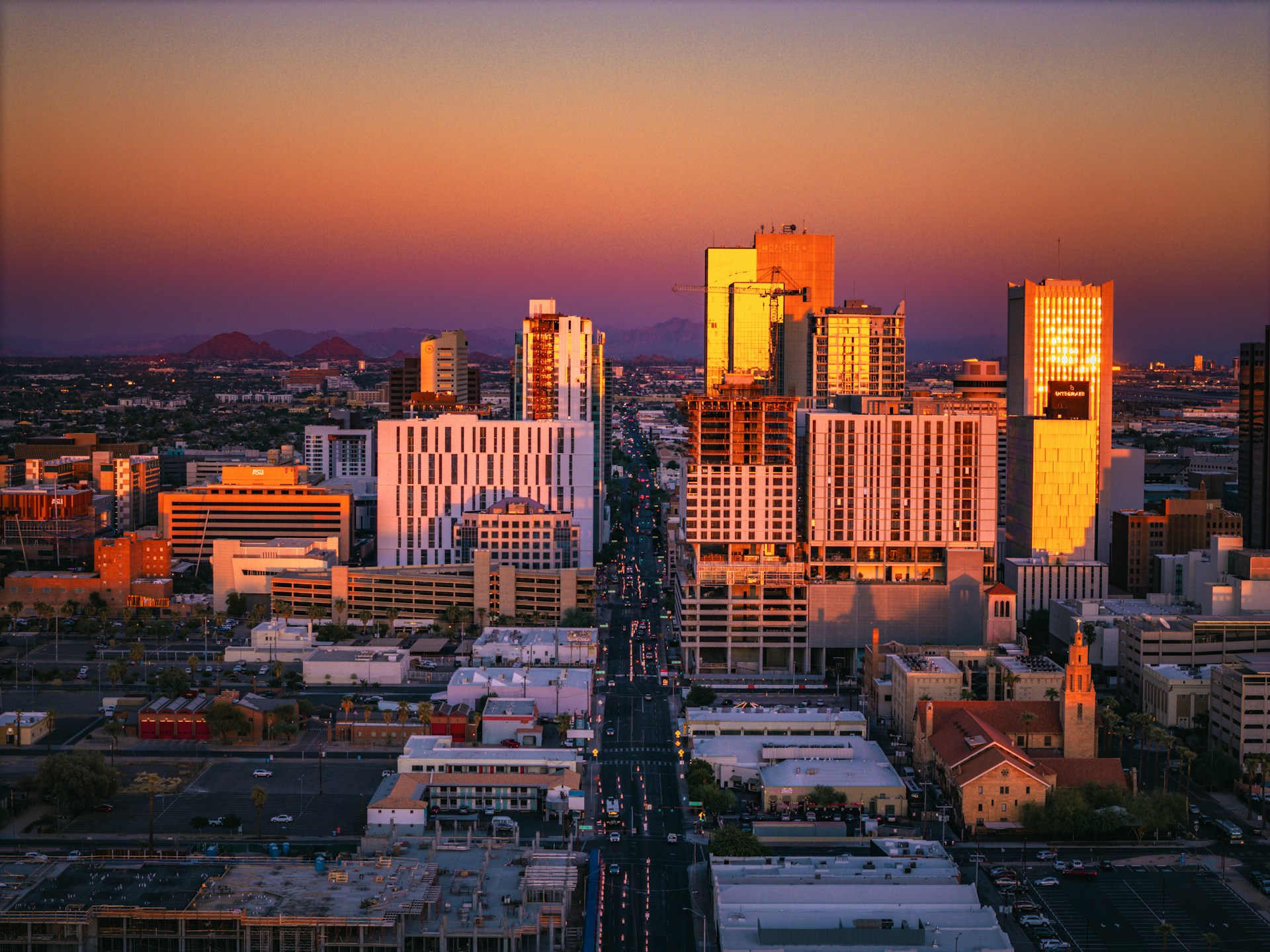
Sunnyslope sits against the Phoenix Mountains Preserve with beautiful views and a frayed core. Along Cave Creek, Dunlap, and Northern, locals point to drug activity and weary corridors that age faster than they’re improved. Housing spans mobile homes to modest bungalows near a median in the upper 300s. Drive a few minutes and the city turns upscale, which makes the contrast sharper. The result is a neighborhood many bypass despite its hillside potential.
Coolidge
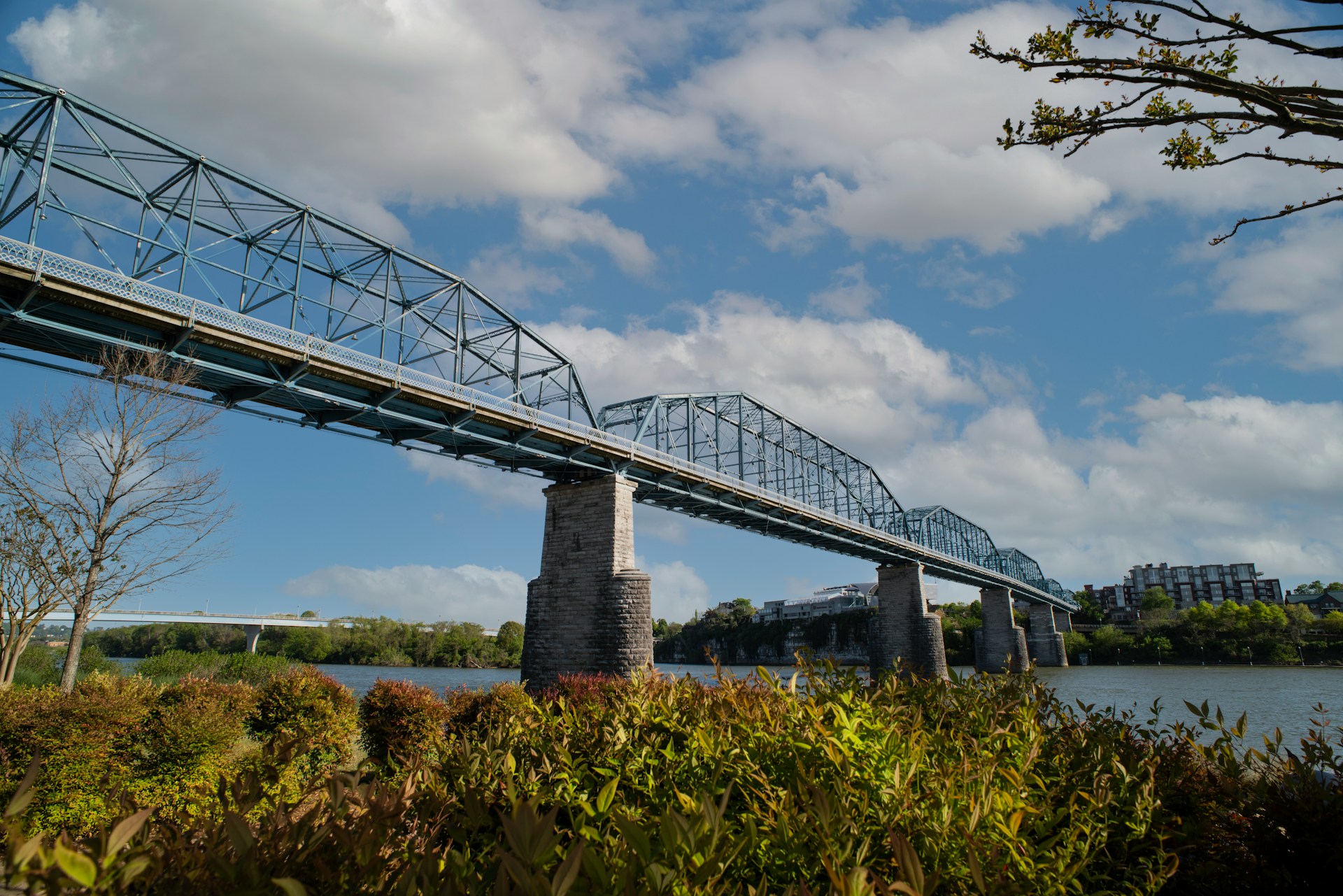
Growth headlines circle thanks to cheap land and factories, but Highway 287 still tells a plainer story. The main drag feels worn, dining is sparse, and schools struggle, which drags opportunity and optimism. Nights out often mean a friend’s couch or a quick bite, not a lively center. Subdivisions rise at the edge while the civic core waits its turn. Until investment meets momentum, Coolidge reads more like a promise than a place.
Casa Grande
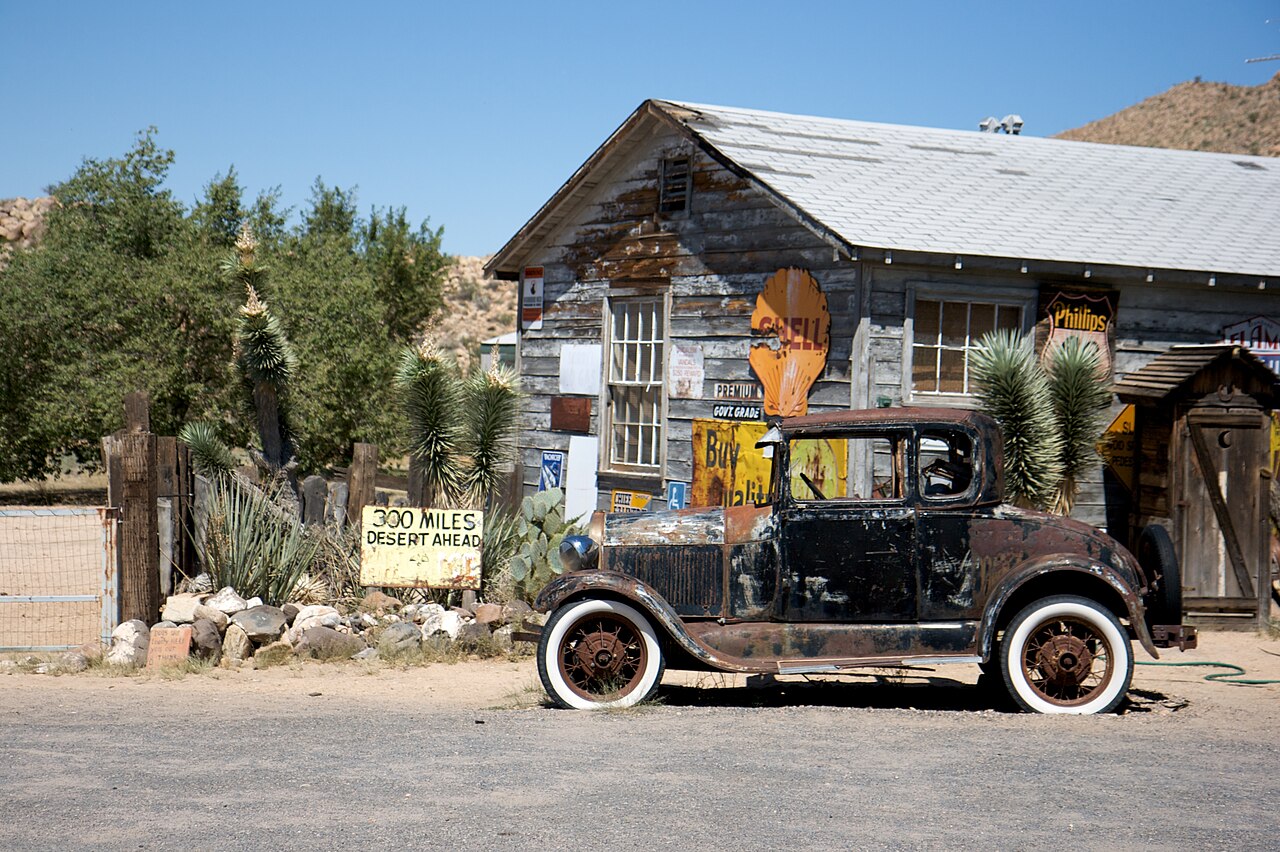
Perfectly placed between Phoenix and Tucson, yet too often a long pit stop. The outlet mall faded, splashy entertainment plans stalled, and downtown looks good but stays quiet. Retirees find value and mid 300s prices keep things moving, yet anchors feel thin. Every few years a new proposal near the I-8 and I-10 junction sparks hope, then fizzles. Without steady jobs and street-level energy, the city drifts between headlines and hush.
Ajo
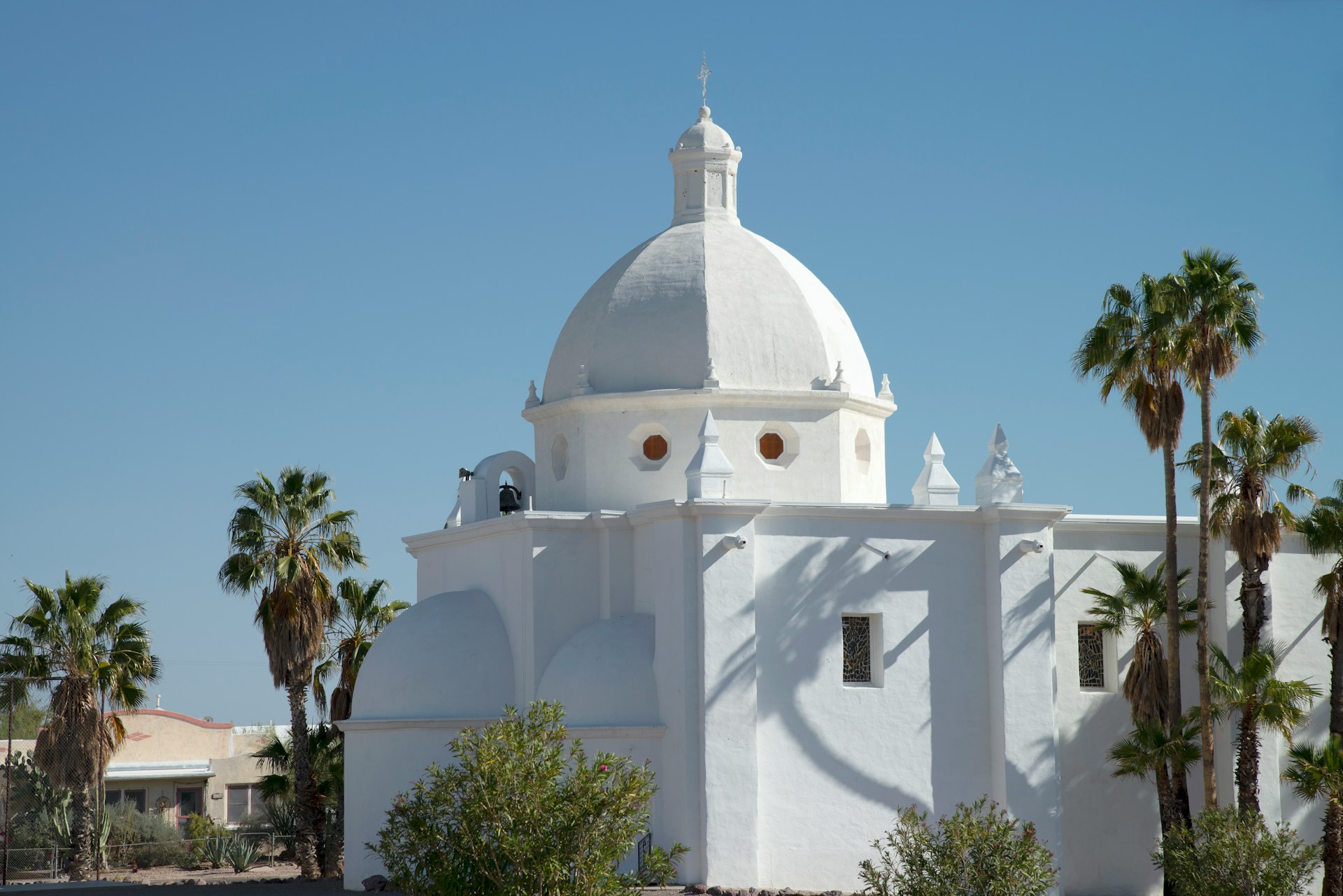
Ajo trades convenience for solitude. The desert is stark, the art scene scrappy, and housing is cheap, but services are limited and drives are long. Border enforcement is a constant backdrop, and occasional tension adds to fatigue. Historic mining homes charm and creak in equal measure. Winters bite after dark, summers press hard, and dining narrows to a handful of spots. For most families, that mix reads remote rather than restorative.
Winslow
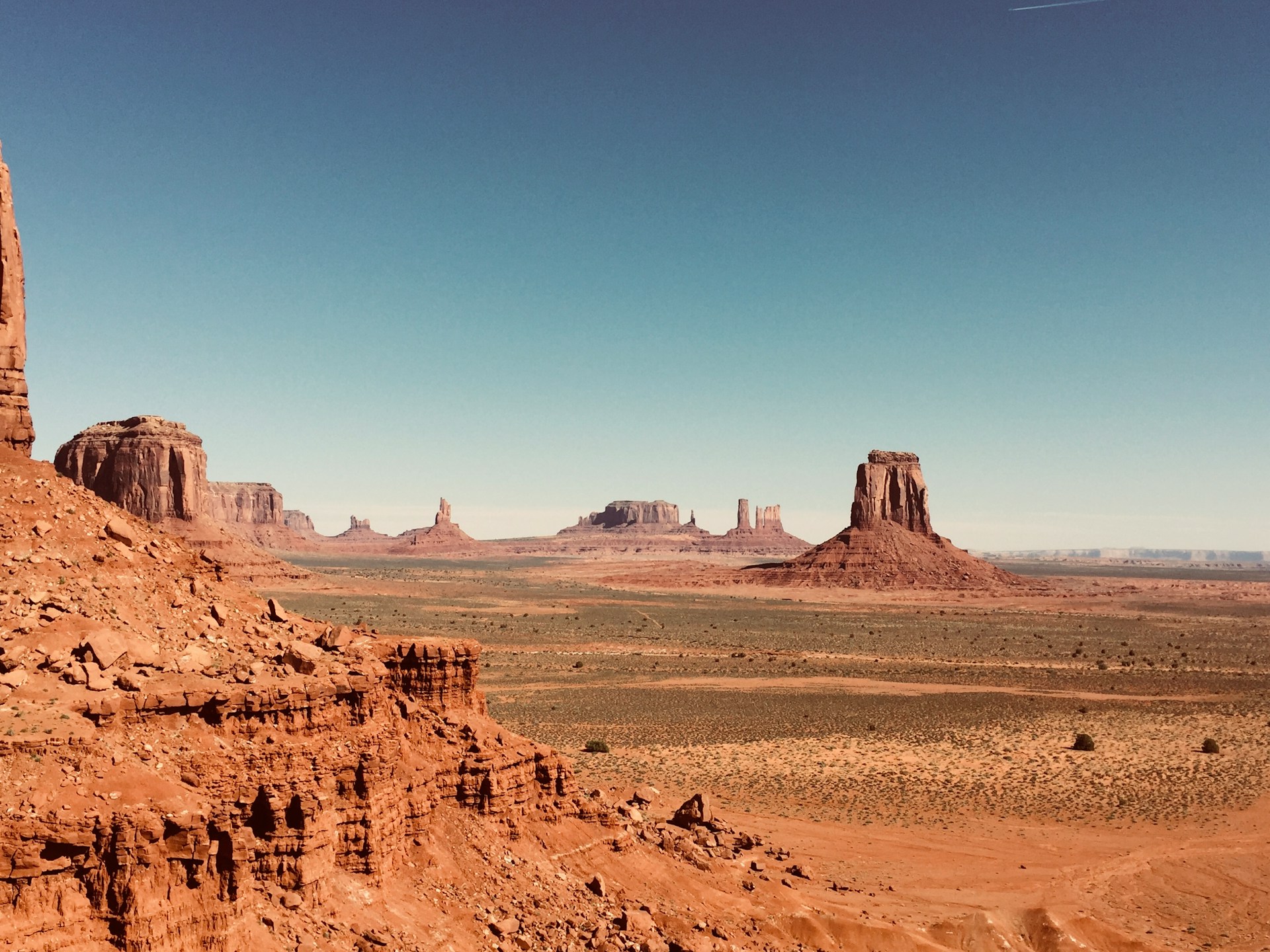
Route 66 lore can’t soften hard edges. Crime chatter persists, the wind cuts in winter, and summer heat hammers a thin economy. Tourism tied to craters and parks can’t carry the load, while Flagstaff sits too far to fix daily needs. Yards hold up, prices stay low, and the trains keep moving, but momentum stalls on Main Street. Residents trade affordability for limited options and a climate that makes everything feel tougher.
Globe–Miami
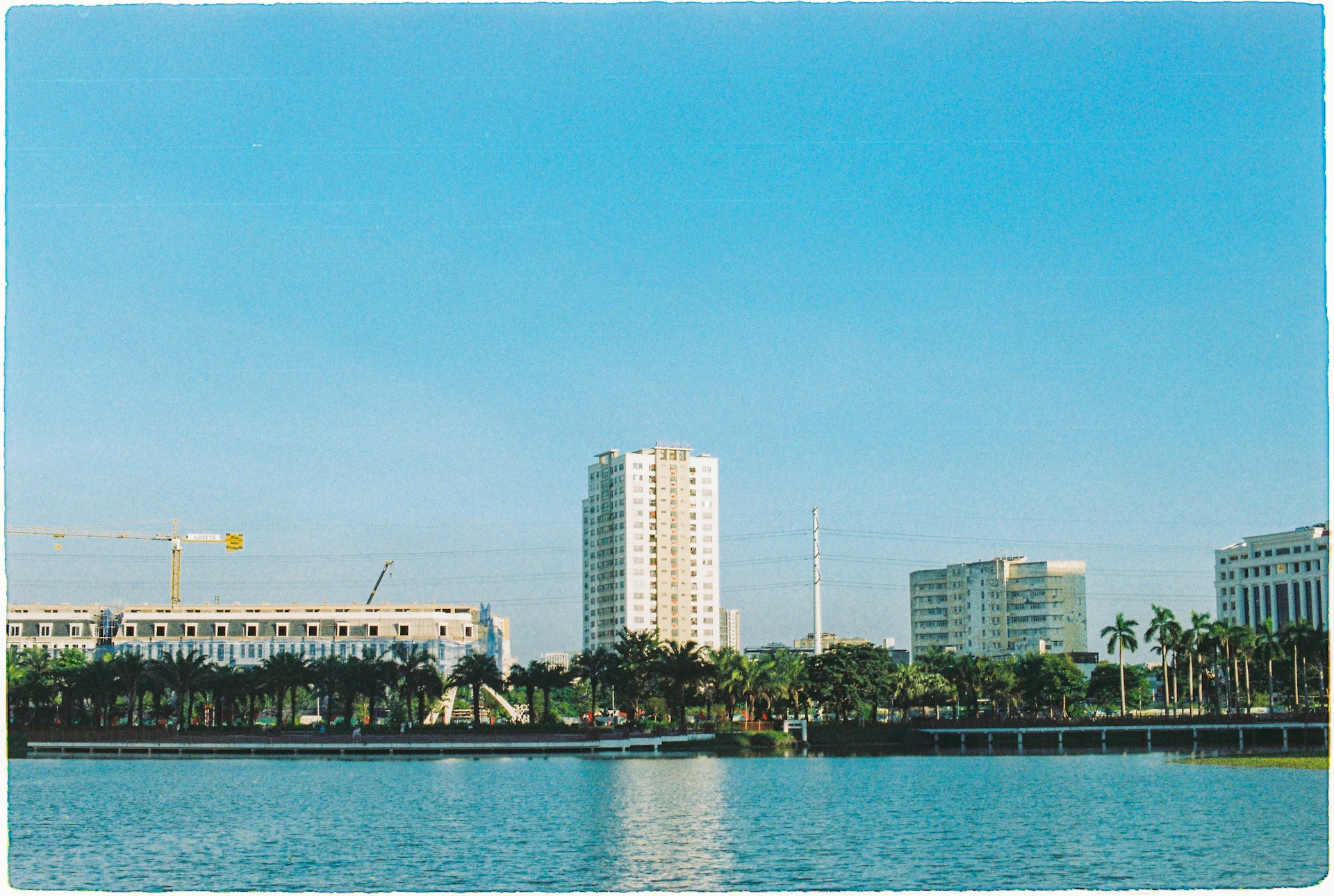
Photogenic brick fronts and mining history set a mood that the economy can’t quite match. Little large-scale building in decades leaves older homes and aging systems to do heavy lifting. Recreation means Roosevelt Lake, a casino run, or a quiet night. Crime talk surfaces often enough to spook newcomers. For some, the hush is the point. For many, it’s a slow grind where charm fades once errands, schools, and jobs come first.
Buckeye
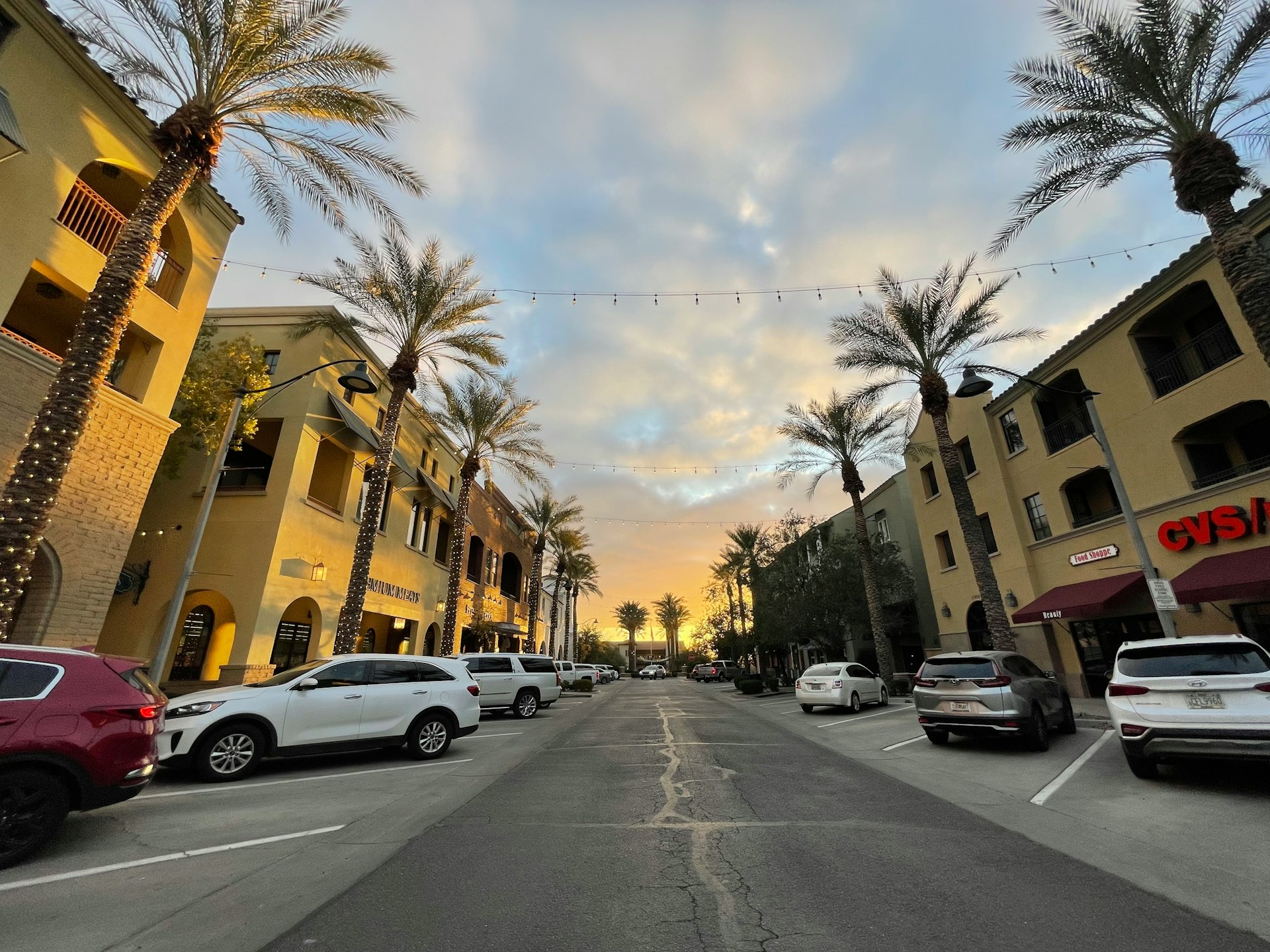
Verado shines at the foot of the White Tanks, then the polish thins. Agriculture still shapes air and rhythm, while services lag behind rooftops. Commuters spend hours chasing work and entertainment far from home. Growth maps look bold, but street life remains scattered. Without stronger job centers and civic gravity beyond one planned enclave, Buckeye feels like far-flung suburbia where weekends mean driving and weekdays blur into distance.
Glendale
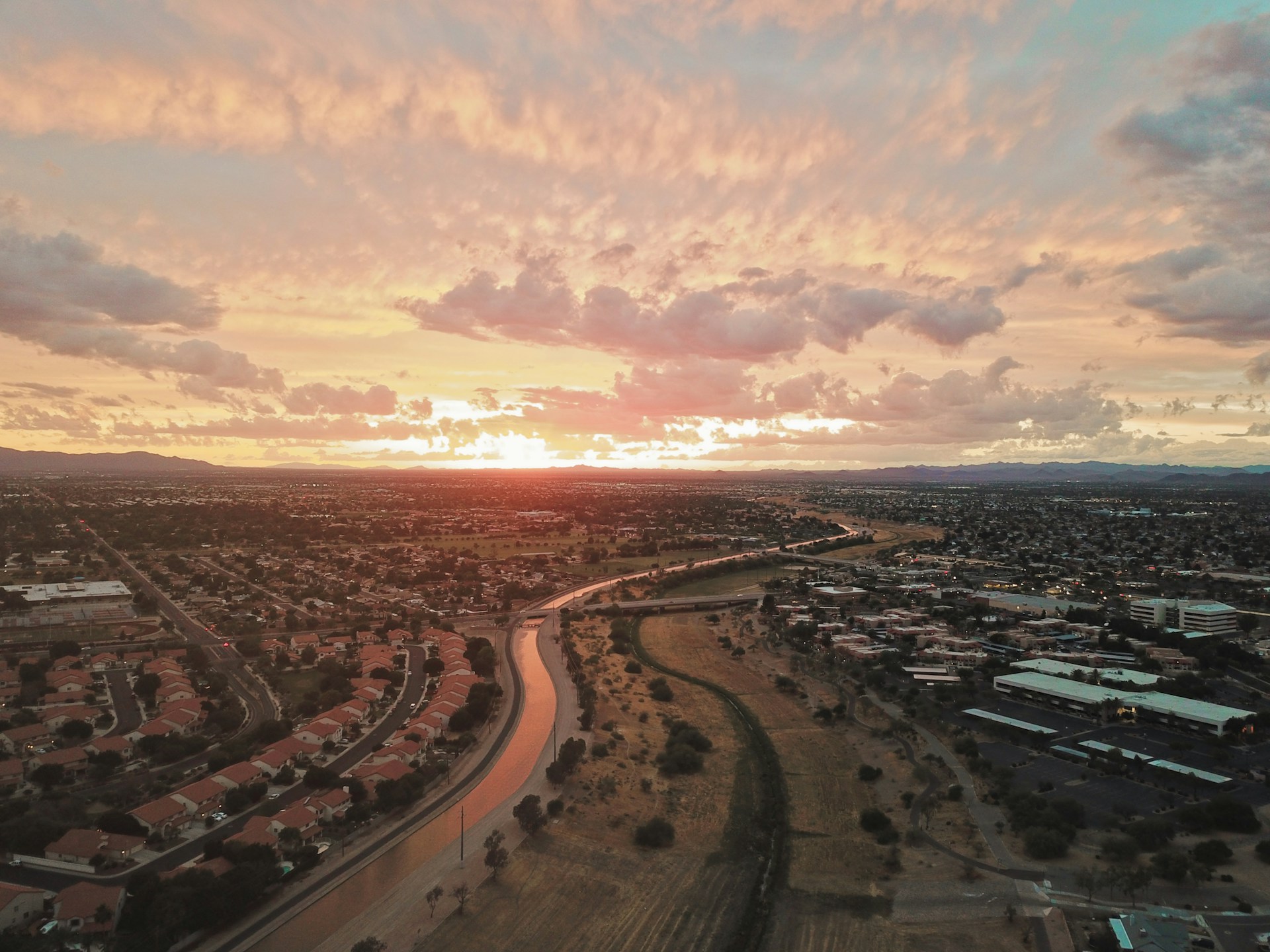
Stadium lights and Westgate buzz sell a big-night story. Off-days tell another. Locals cite impatient roads, uneven pocket safety, and blocks that quiet down fast. Prices in the low to mid 300s pull buyers, yet the value case wobbles when quality-of-life trade-offs mount. Sports teams come and go, underlining weak everyday pull. Until neighborhood renewal hits side streets, event days carry more weight than daily comfort.
South Tucson
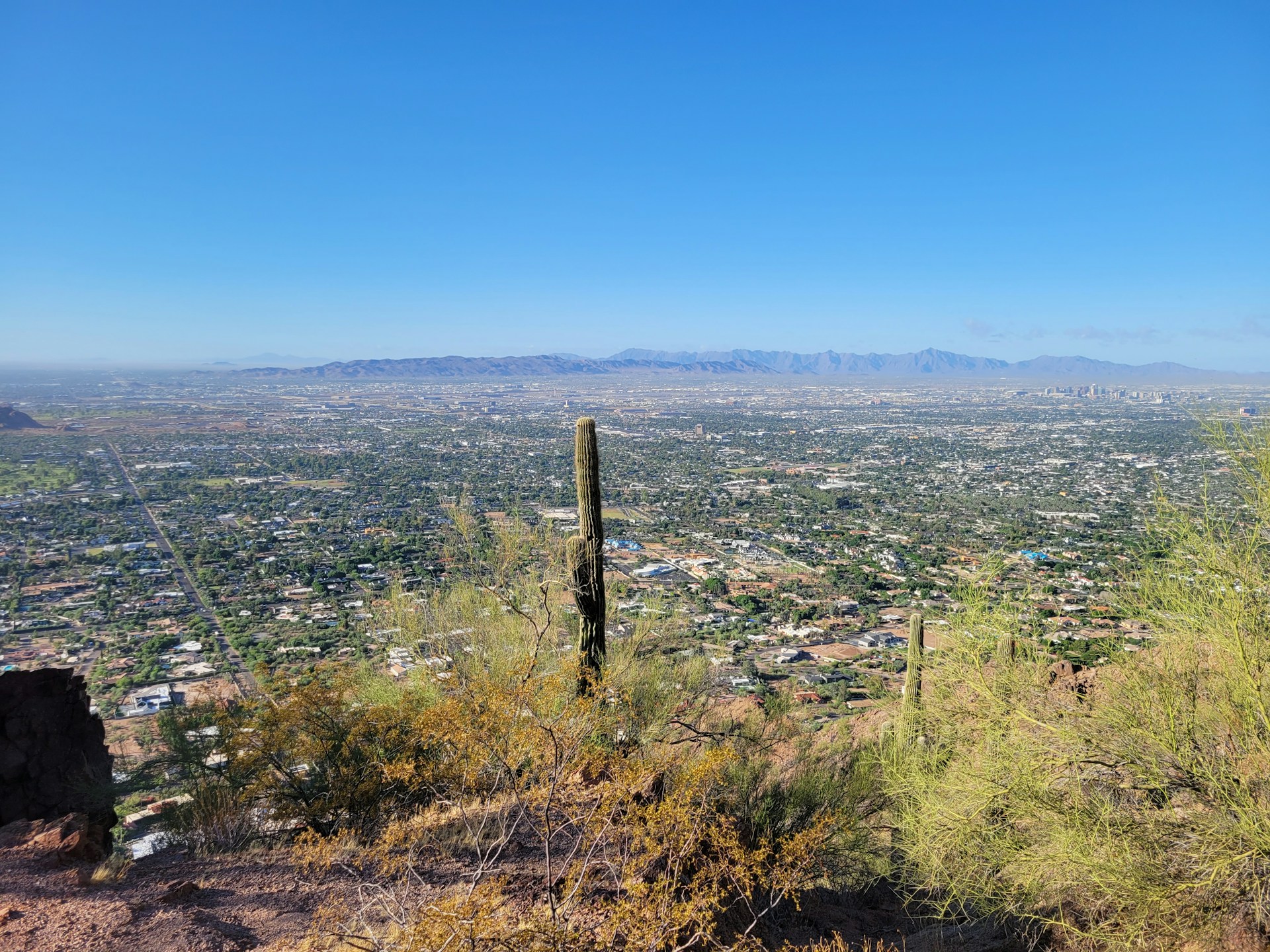
Close to the airport and jobs, yet chronic crime concerns outweigh convenience. Amenities feel thin, streets look tired, and evenings come with extra calculation. Broader Tucson brings culture, science, and strong food, but those strengths flicker here. Neighbors keep showing up, and small wins land, yet progress moves slower than need. For families and anyone craving steady ease, the gap between promise and reality remains wide.
